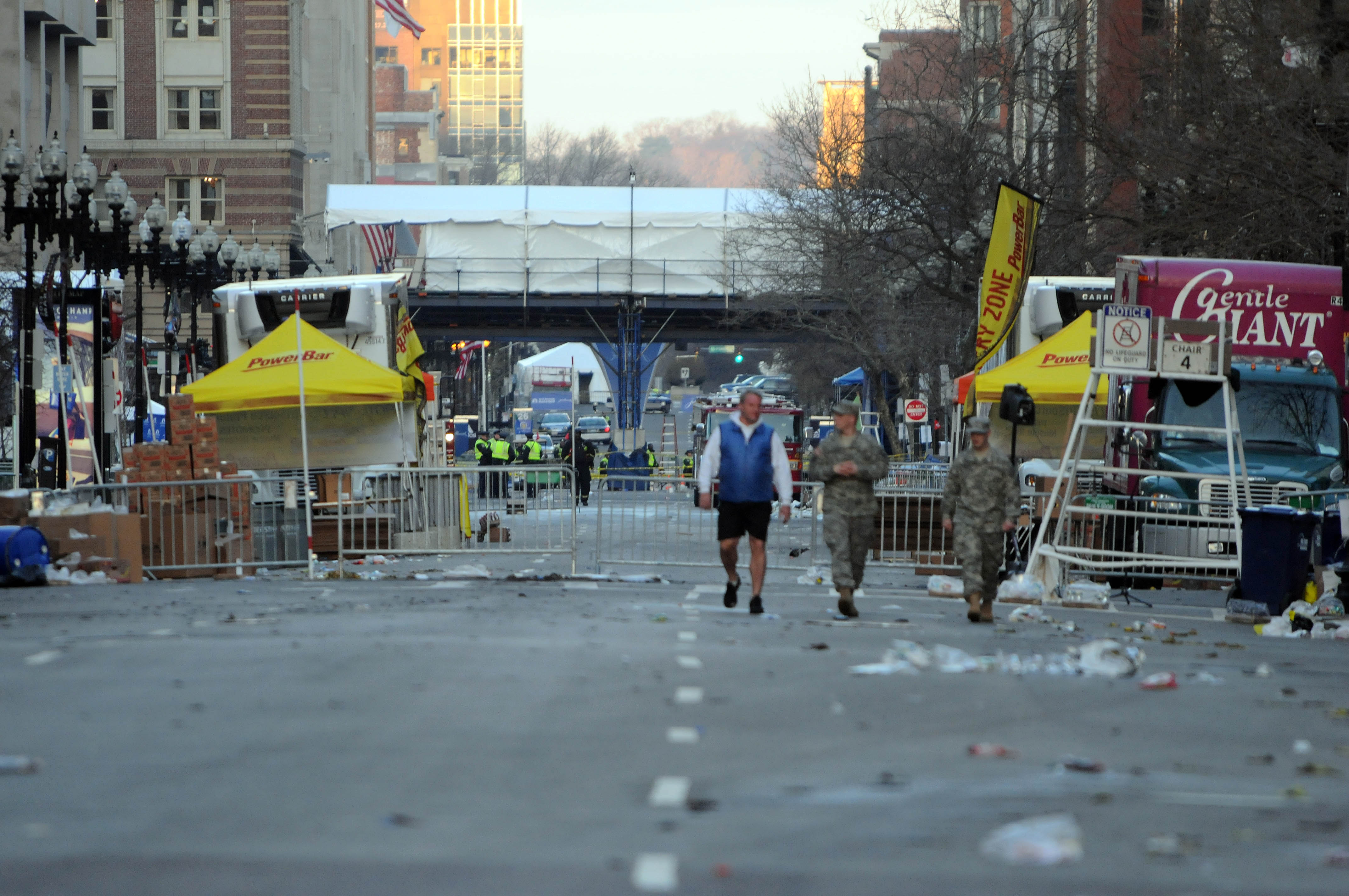NEW YORK: Mohammed Al-Hanashi was a 31-year-old Yemeni citizen who was held at Guantánamo Bay without charge for seven years. On June 3, while I was visiting Guantánamo with other journalists, the press office there issued a terse announcement that Al-Hanashi had had been found dead in his cell – an “apparent suicide.
Because my commercial flight was canceled, I got a ride back to the United States on a military transport. I happened to be seated next to a military physician who had been flown in to do the autopsy on Al-Hanashi. When would there be an investigation of the death, I asked him? “That was the investigation, he replied. The military had investigated the military.
This “apparent suicide seemed immediately suspicious to me. I had just toured those cells: it is literally impossible to kill yourself in them. Their interiors resemble the inside of a smooth plastic jar; there are no hard edges; hooks fold down; there is no bedding that one can use to strangle oneself. Can you bang your head against the wall until you die, theoretically, I asked the doctor? “They check on prisoners every three minutes, he said. You’d have to be fast.
The story smelled even worse after a bit of digging. Al-Hanashi, it turned out, had been elected by the detainees to serve as their representative. (The Geneva Conventions call for this process but the US did not give it any formal recognition). As their designated representative, Al-Hanashi knew which prisoners had claimed to have been tortured or abused, and by whom.
On January 17, Al-Hanashi, according to his fellow prisoner Binyam Mohamed (who has since been released), was summoned to a meeting with the Admiral of Guantánamo and the head of the Guard Force there. He never returned to his cell. He was taken to the psychiatric ward, where, according to another prisoner who had been there, he was kept until he died.
Can you kill yourself in the psych ward? According to Cortney Busch of Reprieve, a British organization that represents Guantánamo detainees, there is video running on prisoners in the psychiatric ward at all times, and there is a guard posted there continually, too.
The day after Al-Hanashi died, the nurse and psychologist had shown a group of journalists of which I was a part an oddly defensive display of how hunger-striking prisoners are bound in restraint chairs when being “enterally fed (that is, force-fed). Al Hanashi, the press office at Guantánamo noted, had formerly been a hunger striker.
It is worth considering how easy it would be to do away with a troublesome prisoner being force-fed by merely adjusting the calorie level. If it is too low, the prisoner will starve, but too high a level can also kill, since deliberate liquid overfeeding by tube, to which Guantánamo prisoners have reported being subjected, causes vomiting, diarrhea, and deadly dehydration that can stop one’s heart.
I have been putting questions to Lt. Commander Brook DeWalt, the head spokesman for the Guantánamo press office, about how Al-Hanashi died, for eight weeks now. According to the Yemeni embassy in Washington, Al-Hanashi’s body was repatriated in mid-August.
Al Jazeera has reported that the Yemeni government announced only what the US had – that Al-Hanashi had died from “asphyxiation. When I noted to DeWalt that self-strangulation was impossible, he said he would get back to me when the inquiry – now including a Naval criminal investigation – was completed. I have yet to receive an answer. The Yemeni government, too, notes that they have yet to receive the coroner’s report from the US.
An investigation by the military of the death of its own prisoners violates the Geneva Conventions, which demand that illness, transfer, and death of prisoners be registered independently with a neutral authority (such as the ICRC), and that deaths be investigated independently. If governments let no outside entity investigate the circumstances of such deaths, what will keep them from “disappearing whomever they take into custody, for whatever reason?
I sent DeWalt a copy of the relevant section of the Geneva Conventions and asked how the US military’s handling of Al-Hanashi’s death conforms to it. Actually, I sent it twice. Again, no answer.
Was Al-Hanashi suicidal? Binyam Mohamed told the Associated Press that Al-Hanashi was a positive person (and, one can assume, a natural leader) who would never consider suicide. He had been in custody for seven years without a lawyer, and killed himself just two weeks after having finally been assigned one? That lawyer, Elizabeth Gilson, probably knows Al-Hanashi’s state of mind before he died, but the US government will not allow her to talk about it.
What happened to Mohamed Al-Hanashi, and why? The fact that no one can answer this question yet means that even in Barack Obama’s America, as in Stalin’s Russia or Ahmadinejad’s Iran, people can simply be disappeared without trial.
The world’s law-abiding governments and ordinary citizens should call and email DeWalt, the Pentagon, and the White House press office to demand answers. A young man with a great deal of potentially compromising information died under suspicious circumstances in US custody. The facts concerning his case must be independently verified.
www.defenselink.mil/faq/comment.html, +1 703-428-0711http://www.whitehouse.gov/contact/, +1 202-456-1111
Naomi Wolfis the author of Give Me Liberty: A Handbook for American Revolutionaries. This commentary is published by DAILY NEWS EGYPT in collaboration with Project Syndicate (www.project-syndicate.org).


